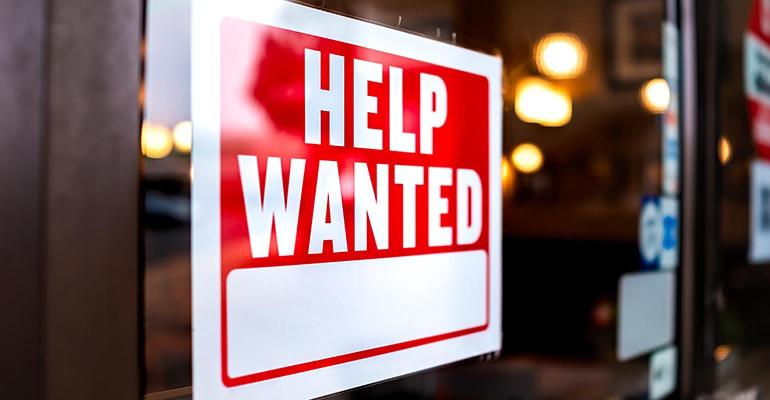Predictions of a 2023 recession have been swirling for months. Most economists predict a recession will hit this year, while nearly half of U.S. adults believe the country is currently in a recession, according to Morning Consult.
Full slump or not, some type of slowdown is manifesting as large swaths of layoffs take place in tech and beyond. This makes Chipotle’s news this week that it plans to hire 15,000 workers anomalous, to say the least. Headlines have otherwise reported a bloodbath, particularly in the tech space where year-to-date there have been over 68,000 layoffs according to Layoffs.fyi. This trend has begun to proliferate elsewhere, from the media to banks to retail.
Such environments tend to shift the labor flow a bit, and as white-collar jobs retrench, the restaurant industry remains somewhat insulated. This has been the case in prior downturns – notably, the 2001 recession and the Great Recession of 2008-09, when restaurant employment slowed, but didn’t decline, according to UC Berkeley’s Food Labor Research Center.
Now, the restaurant space is projected to be one of the fastest-growing occupations through 2031, according to the Bureau of Labor Statistics, which is good news for operators who have struggled to fill positions (and meet demand) throughout the past three years.
A “fastest-growing” pace is also good news, as the latest federal labor report notes that despite 24 consecutive months of job growth in the industry, eating and drinking places are still 450,000 jobs below pre-pandemic staffing levels – the largest employment deficit among all U.S. industries. More than six in 10 restaurants are understaffed and many have trimmed hours or days to manage. This has presented a frustrating scenario as demand remains strong.
More labor is a best-case scenario for the industry’s continued recovery. It fulfills high volumes, keeps restaurants open, keeps customers happier. But if we slide even further into a downturn, those customers may tighten up their spending and rein in their restaurant visits. Less traffic, less need for full staffing. The great unknown at this point is consumer behavior. Will we continue to drift into a bifurcate economy where higher-income customers continue to use restaurants? Can restaurants thrive if they’re only supporting those customers?
Thus far, consumer spending has remained somewhat resilient given historic inflation, but we’re starting to see some discernment. Sales and traffic at restaurants declined in the fourth quarter, indicating as much. As Q4 earnings reports start to pour in next week, we’ll get a better picture of the consumer from a macro perspective.
We’re also likely to see persistent challenges, like inflation, construction and permitting delays, continued supply chain disruptions. Oh, there’s also a significant uptick in labor inflation. Labor is more expensive than ever, which becomes a major challenge for companies that – unlike Chipotle – don’t have deep pockets. According to Payscale, servers experienced 30% salary growth in 2022 driven by lack of labor supply, for instance.
That said, labor inflation doesn’t seem to be a huge deterrence quite yet. Most restaurant operators – 87% – say they are likely to hire additional employees in the next six to 12 months, according to a recent National Restaurant Association survey. And, according to new data by Jefferies and reported by the Wall Street Journal, small businesses (with less than 250 employees) have continued to hire at a relatively brisk pace since February 2020 – 3.67 million more than have been laid off or quit. Conversely, larger companies with 250 employees or more have cut a net 800,000 jobs during the same period.
Optimism somehow continues to find the light of day for smaller businesses, which is reflected in Alignable’s most recent survey, which shows 61% of small business owners believe 2023 will be a good year, while 26% believe 2023 will be “great.”
Last week’s gross domestic product report rose 2.9%, which was more than expected and may have shifted predictions more toward an economic downturn or soft landing-type scenario. Or, we could just be pushing the inevitable further down the road. As has been the case throughout the past several months, the outlook is mixed, and it’s tough to run a business with so much uncertainty.
What is not uncertain is that consumers still have to eat. And even if those consumers continue to tighten up their spending, restaurant inflation remains materially lower than grocery prices and, therefore, a more attractive option in a downturn. Those restaurants will need the labor to maintain that attractiveness and that outlook, for one, looks relatively rosy.
Contact Alicia Kelso at [email protected]

